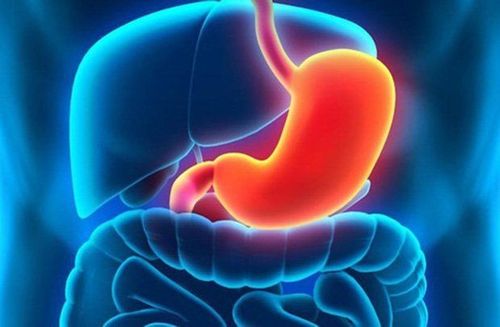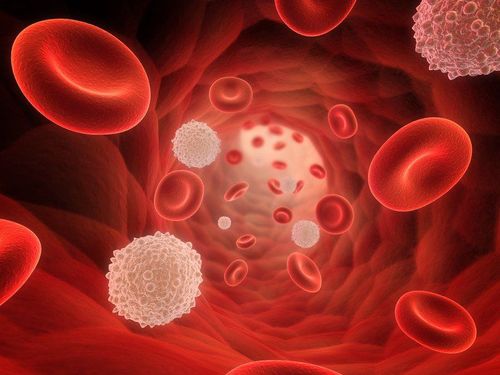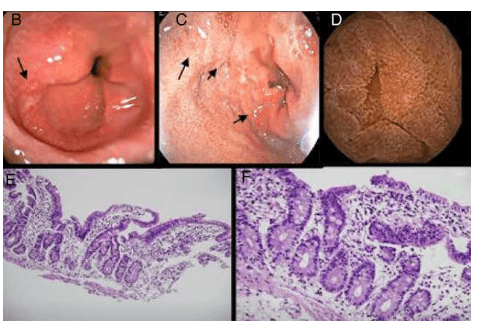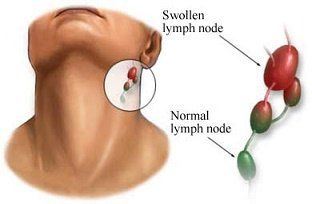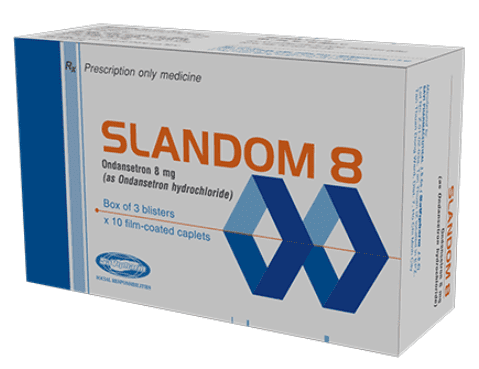This is an automatically translated article.
Hemophagocytic syndrome is a very rare but very dangerous disease. The disease mainly occurs in children and sometimes also appears in adults, with the characteristic manifestation of immune dysfunction in the body.
1. What is hemophagocytosis?
Hemophagocytosis (HLH) is an uncommon immune dysfunction in infants and young children, with an incidence of approximately 1/50,000-100,000. It is a rapidly progressive, severe and life-threatening condition if left untreated.
Diseases associated with defects in targeted killing and controlled inhibition of natural killer (NK) cells and cytotoxic T cells. This leads to an increase in cytokines that cause an excessive inflammatory response. Macrophages in various organs, these phagocytic cells present in the bone marrow or spleen can phagocytize such as red blood cells, white blood cells, and platelets to reduce blood cells.
Classification: Hemophagocytosis syndrome is divided into two types, including:
Primary hemophagocytic syndrome: common in young children, a recessive genetic disease on chromosome 9, 10. That is, the child has If one parent carries the disease gene, the child is also at risk for the disease. Acquired hemophagocytic syndrome (secondary): May be associated with infection with Epstein-Barr virus, cytomegalovirus, or other virus, leukemias, lymphomas, immune dysfunction, and sometimes with may occur in kidney or liver transplant recipients.
2. How to detect Hemophagocytosis Syndrome?
When infected with both types of hemophagocytic syndrome, the patient has similar symptoms such as: persistent high fever unresponsive to antibiotics, enlarged liver, enlarged spleen, skin rash, enlarged lymph nodes and other symptoms. neurological abnormalities (such as seizures, retinal hemorrhage, spontaneous insomnia, altered consciousness, or coma).
To be able to diagnose the disease, it is necessary to test for genetic mutations or the patient has at least 5 of the 8 diagnostic criteria met:
Fever: For high temperature > 38.5°C longer than 7 days. Enlarged spleen is palpable > 3 cm below the costal margin. Decrease in blood cell counts of >2 such as hemoglobin < 9g/dL (90 g/L), neutrophil count < 100/mcL or platelets < 100,000/mcL [100 G/L]). Hypertriglyceridemia: Test when fasting triglycerides > 177 mg/dL (2.0 mmol/L) or hypofibrinogen < 150 mg/dL (1.5 g/L). Myelogram, splenogram or lymph node: There is phagocytosis, no malignant cells. NK activity is low, or absent. Serum ferritin > 500 ng/mL. Blood soluble interleukin-2 (CD25) levels as high as >2400 U/mL or very high with age. Genetic testing for disease can be done at facilities that are capable and conditions permitting.
3. Is hemophagocytic syndrome dangerous?
Hemophagocytic syndrome is a dangerous, acute disease and should be treated as soon as possible. Because it can cause rapid death if not treated or detected in time.
Because the strong inflammatory process and phagocytosis of blood cells take place, the patient can fall into a serious infection due to reduced white blood cells, heavy bleeding due to decreased blood platelets and anemia. Organ functions are not working properly.
It is statistically shown that even though patients have been actively treated, the mortality rate is still high, up to 40-60%, this is more common in children under 2 years of age and is resistant to treatment, does not respond. with current therapies.
However, even so, therapeutic measures such as chemotherapy, cytokine inhibitors, immunosuppression and sometimes patients needing a hematopoietic stem cell transplant are still effective. Therefore, to reduce the risk of death, treatment should be initiated as soon as suspected, even if not all diagnostic criteria are met.
4. How long does hemophagocytic syndrome live?
There is no specific survival time for all patients with hemophagocytosis, because this time depends on many factors including:
Age: The younger the child, the greater the risk of serious complications. the higher. Time of disease detection: With early detection of the disease and early initiation of treatment, the treatment efficiency is higher and the mortality rate is reduced. Response to treatment: Although treatment measures can be effective, in some cases, patients may be resistant to treatment, the disease symptoms do not decrease but also increase, the prognosis is not good. . Hopefully, with the above information, you know how long the hematopoietic syndrome lives and is it dangerous. If you find that your child or yourself has suspicious signs, you need to go to the doctor and get treatment as soon as possible.
If you need more advice on hemophagocytosis syndrome, the patient can go to Vinmec International General Hospital to be examined by a doctor, thereby giving the best treatment advice for the patient. Currently, the medical quality at Vinmec is always appreciated with a team of highly qualified doctors, a system of modern medical equipment, and the hospital successfully treats and treats many different medical cases. Therefore, customers can rest assured.
Please dial HOTLINE for more information or register for an appointment HERE. Download MyVinmec app to make appointments faster and to manage your bookings easily.




